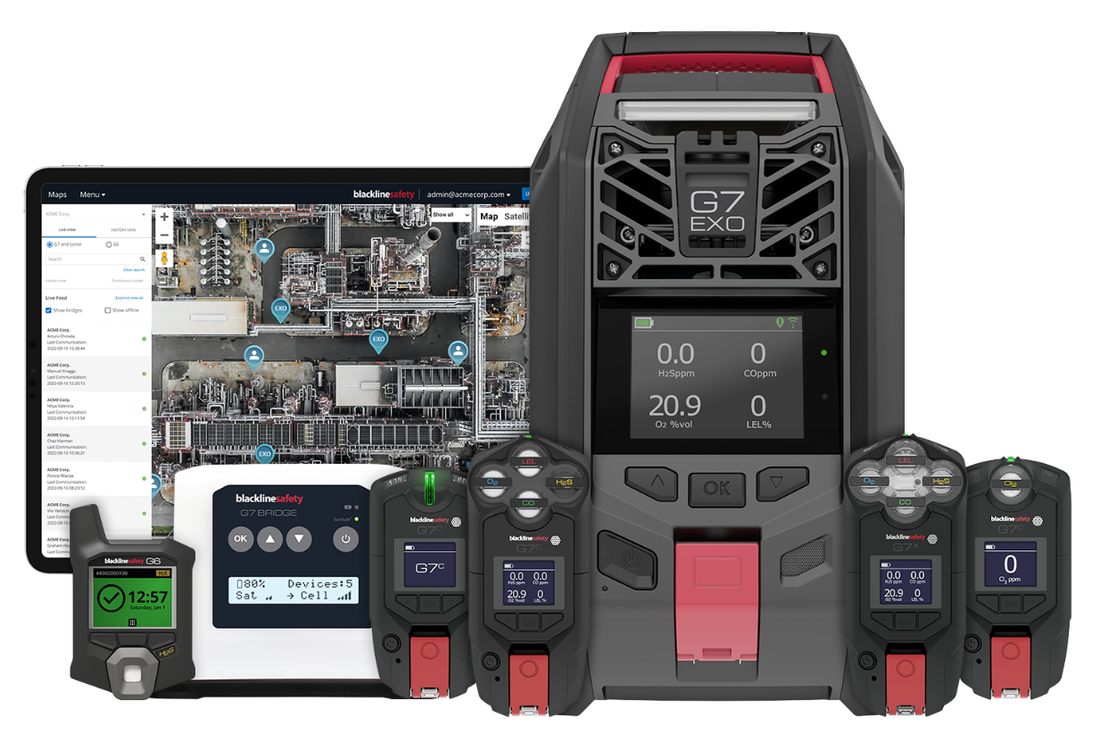
Communication and real-time monitoring are crucial in keeping lone workers safe. When these workers can stay in touch with their supervisors and receive immediate assistance during a crisis, it significantly reduces the risks they face. Advanced safety technologies can bridge the gap, ensuring that workers are never truly alone, even when they are miles away from the nearest co-worker.
Aside from physical dangers, working alone can also have psychological effects. The feeling of isolation can lead to increased stress and anxiety, making it harder for workers to perform their duties effectively. By implementing effective safety measures, municipalities can not only safeguard their workers’ physical well-being but also support their mental health. This comprehensive approach to safety ensures that lone municipal workers remain protected and can do their jobs confidently.
Common Risks Faced by Lone Municipal Workers
Lone municipal workers face various physical hazards and environmental dangers daily. Tasks such as repairing electrical lines, inspecting water systems, or maintaining parks often involve working near heavy machinery, high voltage lines, or hazardous materials. Slips, trips, and falls are also common risks due to uneven terrain or weather conditions. These dangers can lead to serious injuries or even fatalities if not managed properly.
Effective communication and real-time monitoring play a vital role in mitigating these risks. When lone workers can maintain constant contact with supervisors, they can report incidents immediately and receive prompt assistance. Real-time monitoring tools allow supervisors to keep track of workers' safety statuses, ensuring quick intervention when needed. This ongoing communication helps to prevent minor issues from escalating into major incidents.
Working alone can also have significant psychological impacts. Feelings of isolation and loneliness can increase stress levels and reduce overall job performance. Workers may feel anxious about their safety since they don't have immediate access to help in emergencies. Addressing these psychological concerns is crucial for maintaining a motivated and alert workforce. By ensuring that lone workers are supported both physically and emotionally, municipalities can create a safer and more productive work environment.
Key Safety Technologies for Lone Municipal Workers
Several key safety technologies can enhance the protection of lone municipal workers. Wearable safety devices are at the forefront of these technologies. These compact gadgets can be worn on the body and come equipped with features like GPS tracking, fall detection, and emergency alert buttons. If a worker encounters danger or feels unwell, they can easily send an alert to their supervisors, who can then provide immediate assistance.
Real-time communication tools are another essential safety technology. These include devices such as two-way radios and smartphones with specialized safety apps. These tools enable workers to maintain constant contact with their teams. In addition to voice communication, many systems offer features like instant messaging and location sharing, ensuring that workers can communicate their needs effectively in any situation.
Emergency response systems are designed to offer immediate assistance during crises. These can range from mobile apps that connect workers with emergency services to centralized monitoring systems that alert response teams automatically when a worker triggers an alarm. Such systems reduce the response time and ensure that help arrives as quickly as possible.
Each of these technologies offers distinct benefits. Wearable safety devices provide constant monitoring and immediate alerts for various dangers. Real-time communication tools ensure that workers are never out of touch with their teams. Emergency response systems guarantee fast and efficient help during emergencies. By integrating these technologies, municipalities can significantly improve the safety and well-being of their lone workers.
How BLACKRIDGE Solutions Enhances Lone Worker Safety
BLACKRIDGE Solutions offers advanced safety solutions designed to protect lone municipal workers effectively. These solutions are built using the latest technology, providing reliable and real-time monitoring of workers' environments and health. From wearable safety devices to comprehensive emergency response systems, BLACKRIDGE Solutions ensures that municipal workers remain safe and connected at all times.
The benefits specific to municipal operations are significant. Improved communication tools enable workers to stay in constant touch with their teams, reducing the response time in emergencies. Features like GPS tracking and automated alerts allow supervisors to monitor workers' whereabouts and safety status continuously. This connectivity ensures that workers can focus on their tasks without worrying about their safety.
Examples of successful implementations demonstrate the effectiveness of BLACKRIDGE Solutions' technologies. Municipalities that have adopted these safety measures report fewer incidents and faster response times during emergencies. Workers express higher job satisfaction and feel more secure knowing they have reliable tools to back them up. These real-world applications underline the importance of adopting advanced safety solutions to enhance worker safety and confidence.
Best Practices for Implementing Lone Worker Safety
Selecting the right safety solutions involves several key steps. First, assess the specific risks that lone workers in your municipality face. Identify which tasks are most hazardous and which areas require the most attention. This assessment will help you choose the appropriate safety technologies tailored to your needs.
Training and educating lone municipal workers on these new technologies is crucial. Ensure that all workers understand how to use wearable devices, communication tools, and emergency systems. Regular training sessions and hands-on demonstrations will help workers become familiar with the equipment, making them more effective and confident in their roles.
Regular maintenance and system upgrades are essential to keep the safety solutions operational. Schedule routine checks and updates to the devices and software. This practice ensures that all equipment remains in top condition and continues to provide accurate readings and reliable alerts. It is also important to stay informed about new technological advancements and update the systems accordingly.
Ensuring continuous safety and compliance requires a proactive approach. Regularly review and update safety protocols to align with the latest regulations and best practices. Encourage workers to report any safety concerns or equipment issues promptly. By fostering a culture of safety and vigilance, municipalities can create a secure environment for all lone workers.
Conclusion
Lone municipal workers face unique challenges and risks, but with the right safety measures in place, these can be effectively managed. Advanced safety technologies, such as those offered by BLACKRIDGE Solutions, play a crucial role in ensuring the well-being of these workers. From wearable devices to emergency response systems, these tools help keep workers safe and connected, reducing the likelihood of accidents and improving response times during crises.
Municipalities that prioritize the safety of their lone workers not only protect their staff but also enhance overall productivity and worker satisfaction. By implementing the latest safety technologies and following best practices for training and maintenance, municipalities can create a safer and more supportive work environment.
For more information on how BLACKRIDGE Solutions can help enhance lone worker safety, contact us today at (778) 686-5799 or [email protected]. Together, we can ensure a safer and more productive work environment for all.











 RSS Feed
RSS Feed